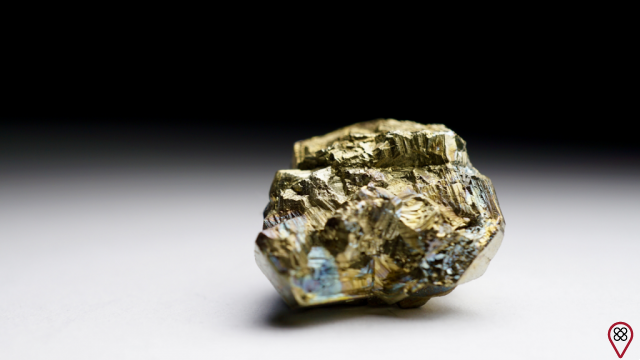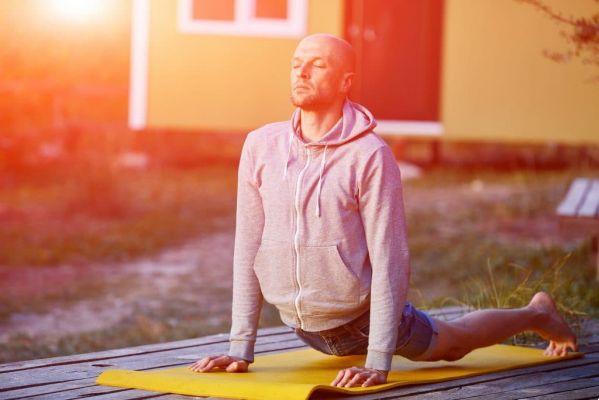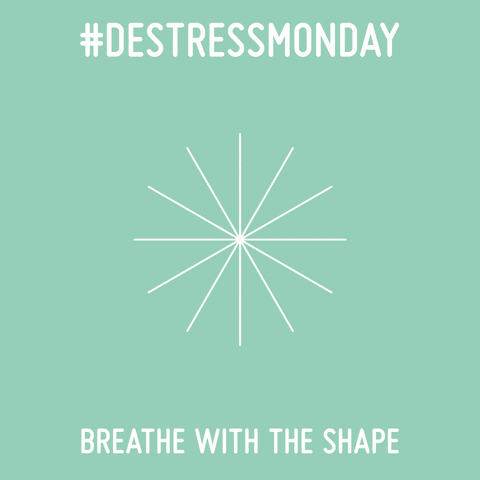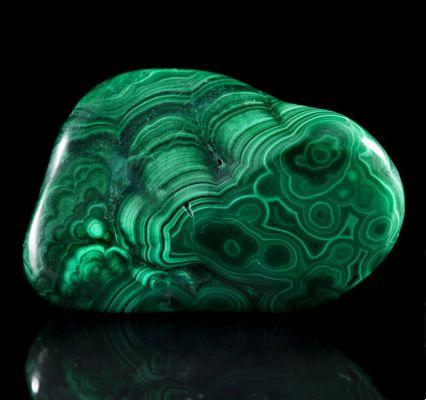Meditating is a real refuge from the hectic and stressful life, even without having to leave your place. That's it: meditation can be done in the bedroom, in the living room, at work, at home, even in the bathroom, in 5 or 60 minutes, it's all up to you.
Meditation helps to reduce anxiety, stress and nervousness; helps to increase creativity, calmness, patience, logical ability, and so many other things. But, after all, how to meditate?
There are several ways to practice meditation. And all of them are right, it all depends on what your goals are and, in addition, which way of meditating you feel most comfortable.
We separate below the types of meditation that exist. Try each one and find the style that best matches your life. In a short time of practice, you will start to feel the results.
full attention
This style of meditation emerged in 1979 and does not have any kind of spiritual reference. The focus of Mindfulness is the practitioner's body, sensations and breathing, and everything that is done is aimed at reducing stress levels. This meditation can also be called Mindfulness or Mindfulness.
Close your eyes and pay attention to your breathing, especially its speed. Then, she starts paying attention to each part of her body, starting with her stomach and notice the sensations that each part gives her. Identify everything you are feeling: agitation, pain, tension, sensitivity.
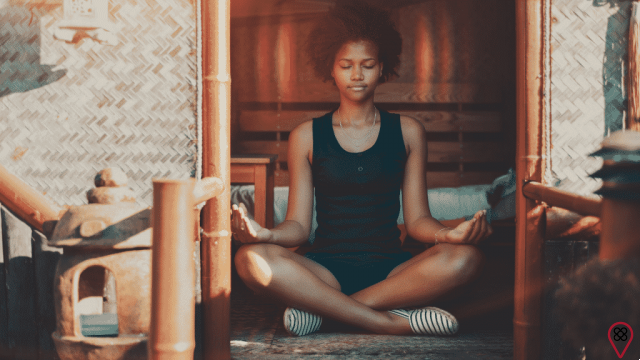
The important thing about this style of meditation is to stay focused on your body sensations and your breath. Do this for 30 seconds (or a minute) three times a day. Over time, awareness of sensations, combined with a focus on breathing, will reduce stress and anxiety levels.
Transcendental
The Transcendental style of meditation was created in 1950 and is considered a technique that aims to find the deepest self of each one, thus activating the reservoirs of energy, creativity and intelligence that exist in each one.
Like Mindfulness, Transcendental does not involve any belief or religion. With practice, the practitioner will transcend, that is, he will be in touch with his true self and all the imbalances he presents will return to normal - such as levels of stress, anxiety and so many others.
This technique should be practiced for 15 to 20 minutes, twice a day, with the practitioner seated and eyes closed for greater concentration and focus. To learn it, it is necessary to rely on the learning acquired in a course, given by a professional instructor.
Vipassana
Vipassana meditation was created over 2 years ago by the Buddha. In essence, the intention of this technique is to show the human being things as they truly are – relationships, objects, sensations, feelings.
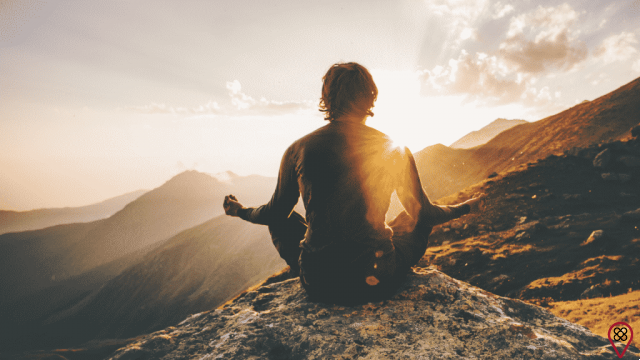
This technique is considered a path of transformation through self-observation. Therefore, it is necessary to focus on the connection between mind and body, in everything that this connection accomplishes – actions and feelings of human beings. Through Vipassana meditation, the practitioner tries to achieve a balanced state of mind, free from impurities and bitterness.
zazen
Zazen is a very common meditation practice in Asian countries, but especially in Japan. The way to practice the technique is described in its own name: “za” means to sit, while “zen” means the state of meditation. Therefore, all practitioners are seated, in one of the three positions of the technique.
Zazen should be practiced for a period of 20 to 50 minutes, and it is necessary to remain still, except for small and limited movements to adjust posture. The spine must be straight and the eyes half open towards the floor, in addition to other postural requirements. Throughout the period, focus on breathing, its speed, intensity and consistency. One should only focus on the breath and keep the mind free from any thoughts.
qigong
Qigong emerged in China thousands of years ago. The purpose of the practice is to balance Chi, considered by the Chinese (and other adepts around the world) to be vital energy. And to balance the Chi, practitioners perform various exercises, among them, meditation.

Qigong is performed focusing on the dantian, a specific point on our body located just below the navel. It is considered the vital energy point of the body. So it is necessary to balance it through meditation and other techniques.
Persian
Acem meditation was developed in 1966, in Norway, and is inspired by the Transcendental meditation technique. This technique should be practiced twice a day, in sessions of 30 minutes each. In each session, a sound must be repeated, which has no meaning.
Sudarshan Kriya
Sudarshan Kriya was a meditation method created by Sri Sri Ravi Shankar and who, in general, believes that the breath is the main source of energy for human beings. Therefore, it is with it that we can energize and control ourselves, reducing stress levels and increasing the will to live, in addition to so many other benefits. To practice it, it is necessary to use breathing techniques in controlled rhythms and actions.
You may also like
- Transcendental Meditation: Learn about the benefits of this practice!
- Heart of Buddhist Meditation: Understand About!
- Find out if it is possible to insert meditation into the work environment
- Find 5 tips to turn meditation into a habit
- Discover the benefits of meditation
Yoga
Yoga (or Yoga) is one of the most popular types of meditation across the planet. It was created more than 5 thousand years ago and, since then, it has surpassed the geographical limits of India (where the technique was born) and invaded the rest of the world.
Yoga is a practice that combines different body positions with inhalation and exhalation movements, whether more or less intense, in addition to absolute concentration on the body and what it is doing.





